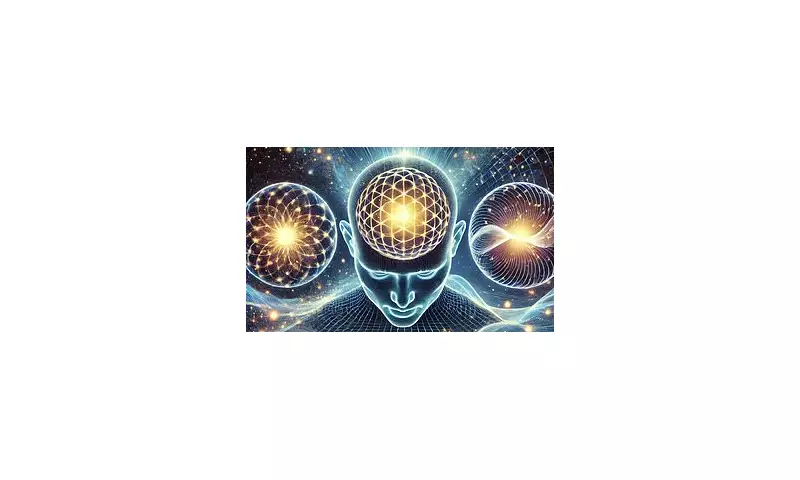
A revolutionary new theory of consciousness proposed by a leading physicist suggests that our awareness doesn't originate in the brain but exists as a fundamental field of reality. This radical perspective could finally provide scientific explanations for phenomena like telepathy, near-death experiences, and what happens when we die.
The Consciousness Field Theory
According to Professor Maria Strømme, a professor of nanotechnology at Uppsala University, consciousness doesn't emerge from human brains as traditionally believed. Instead, she proposes that consciousness exists as a fundamental field - the basic substrate of reality itself.
In an interview with the Daily Mail, Professor Strømme explained: 'The possibility that consciousness is fundamental has been under-explored. But that is changing rapidly. We are reaching a point where asking deeper questions about consciousness is not philosophy on the margins — it is becoming a scientific necessity.'
This theory draws parallels with established concepts in quantum physics, where particles and energy emerge from vibrations in fundamental fields. Professor Strømme suggests that consciousness itself might be that fundamental field.
Implications for Life and Death
Perhaps the most profound implication of this theory concerns what happens when we die. According to Professor Strømme's model, consciousness doesn't end when the body dies. Instead, individual consciousness simply returns to the background field from which it emerged.
'In the model, individual consciousness is understood as a localised excitation or configuration within a universal consciousness field — much like a wave on the surface of an ocean,' Professor Strømme told the Daily Mail. 'A wave has a form that is temporary, but the water that carries it does not vanish when the wave subsides.'
This perspective suggests that the separation we experience as individual consciousnesses might be an illusion, with all awareness ultimately being part of one unified field.
Explaining Mysterious Phenomena
The theory provides potential scientific explanations for phenomena often dismissed as pseudoscience. Near-death experiences, where people report visions of religious figures, loved ones, or future events, could result from what Professor Strømme describes as 'atypical access to that underlying field' when the brain is impaired.
Similarly, telepathic abilities might be scientifically testable under this model. Since all consciousness is part of the same field, information could theoretically be transmitted between apparently separate points in space and time.
'This would explain why telepathy-like phenomena appear across cultures and throughout history, even though the empirical evidence so far is controversial and not yet conclusive,' says Professor Strømme.
The theory also resolves long-standing puzzles in quantum physics, such as the famous Schrödinger's cat thought experiment, where consciousness appears to influence physical reality.
Professor Strømme argues that these ideas deserve rigorous scientific testing, suggesting that brain scans of people in deep meditation or emotional attunement should show evidence of synchronising with others' brain activity if her theory is correct.





